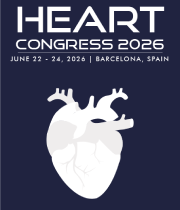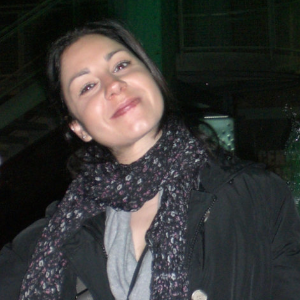Title : Cardiac fibroblast activation in the early stage of anthracycline cardiotoxicity
Abstract:
Doxorubicin (DOX) is a highly effective anticancer drug, but its clinical application is hampered by cardiotoxicity with asymptomatic diastolic dysfunction as the earliest manifestation. Impaired relaxation and elevated passive stiffness result from myocardial fibrosis, but the timing and triggers of the onset of fibrotic process are not clear. The activation of cardiac fibroblasts (CFs) following doxorubicin exposure is relatively early event in the development of anthracycline cardiotoxicity, but the mechanistic insight is largely lacking. One possibility to relieve diastolic dysfunction is offered by the use of a selective blocker of late sodium current, ranolazine, capable to reverse altered cardiac Ca2+ and Na+ handling induced by doxorubicin. The role of Nav1.5 sodium channel in the phenotype switch has been recognized in cancer cells. In this study, we tested whether the activation of CFs anticipates the onset of DOX-induced diastolic dysfunction, and evaluated the involvement of Nav1.5 sodium channel in the cellular response to this anti-cancer drug.
Methods. Fischer 344 rats were exposed to 6 i.p. injections of 2.5 mg/kg of DOX over a period of 2 weeks. Heart function was assessed by echocardiography and left ventricular catheterization. Primary CFs were isolated from control and DOX-treated hearts. In another set of experiments, naïve CFs were exposed to DOX in vitro.
Results. Early effects of DOX consisted of unchanged ejection fraction and the evidence of diastolic dysfunction. At the end of in vivo treatment, myocardial lysates showed increased markers of pro-fibrotic remodeling (CTGF, TGFb, Galectin-3 and MMPs) and histological evidence of CFs transformation. CFs isolated from DOX-treated rats showed upregulated markers of myofibroblast differentiation (aSMA, TGFb and phospho-SMAD) and maintained their functional property tested in scratch assay. When naïve CFs were exposed to DOX in vitro, they had, as expected, a reduced growth capacity, but surprisingly they overexpressed TGFb and phospho-SMAD suggesting that DOX induced CFs to produce this pro-fibrotic cytokine that can act in an autocrine-paracrine manner. Following exposure to DOX in vivo, CFs upregulated also NOX2, indicating these cells as a source of reactive oxygen. Western blot and immunofluorescence documented that CFs expressed Nav1.5 channel. Notably, when exposed to ranolazine in vitro, CFs from DOX-treated hearts reduced the expression of aSMA and NOX2.
Conclusion. Sodium channel can play a non-excitable “noncanonical” role in cardiac fibroblasts contributing to cell activation and myofibroblasts differentiation. The recognition of the early activation of CFs as a primary pathophysiological component and the involvement of Nav1.5 channel may allow designing the therapeutic strategies to contrast the anthracycline cardiotoxicity.



